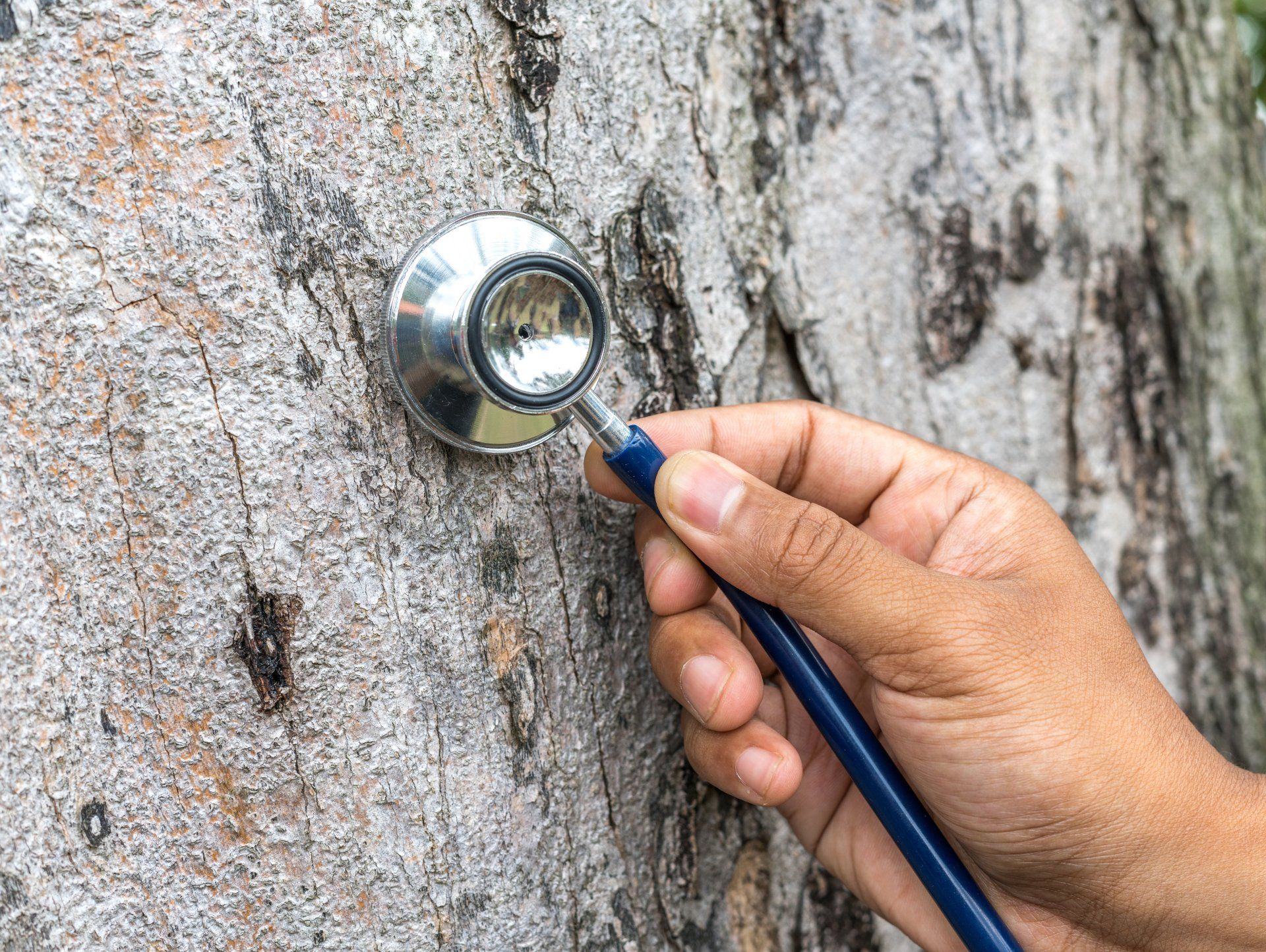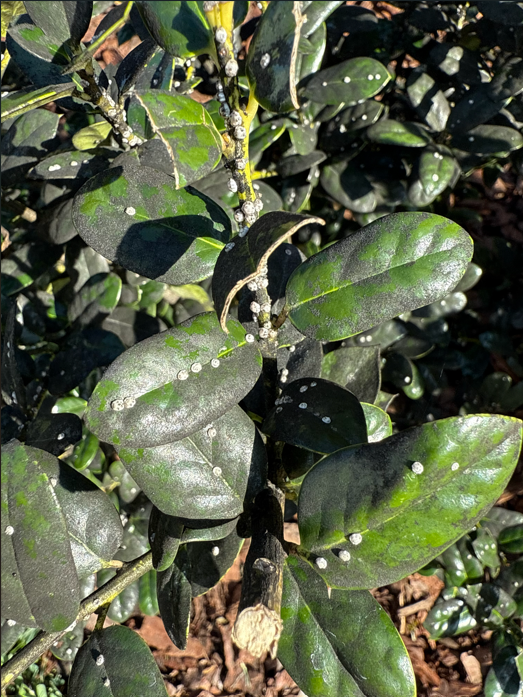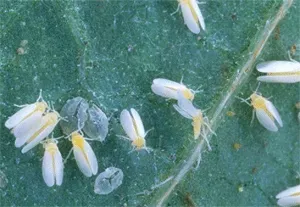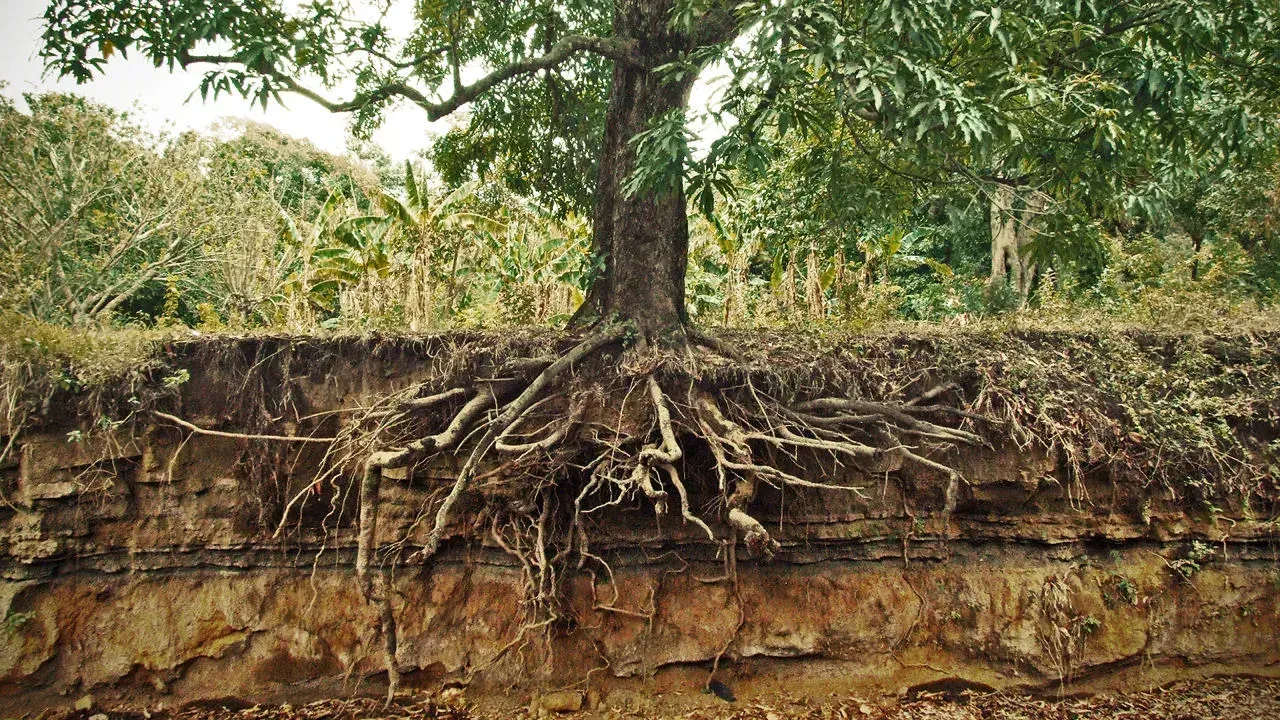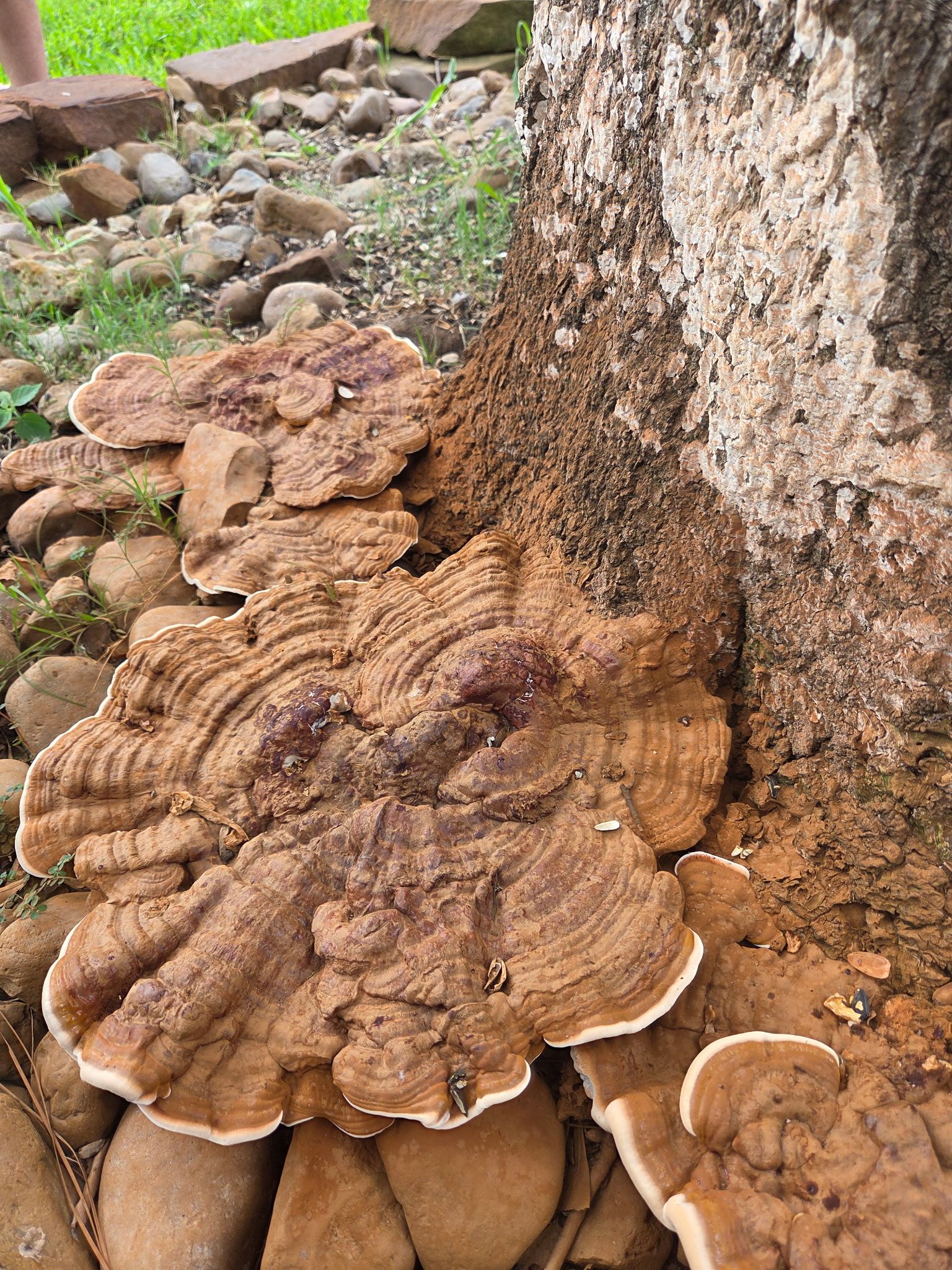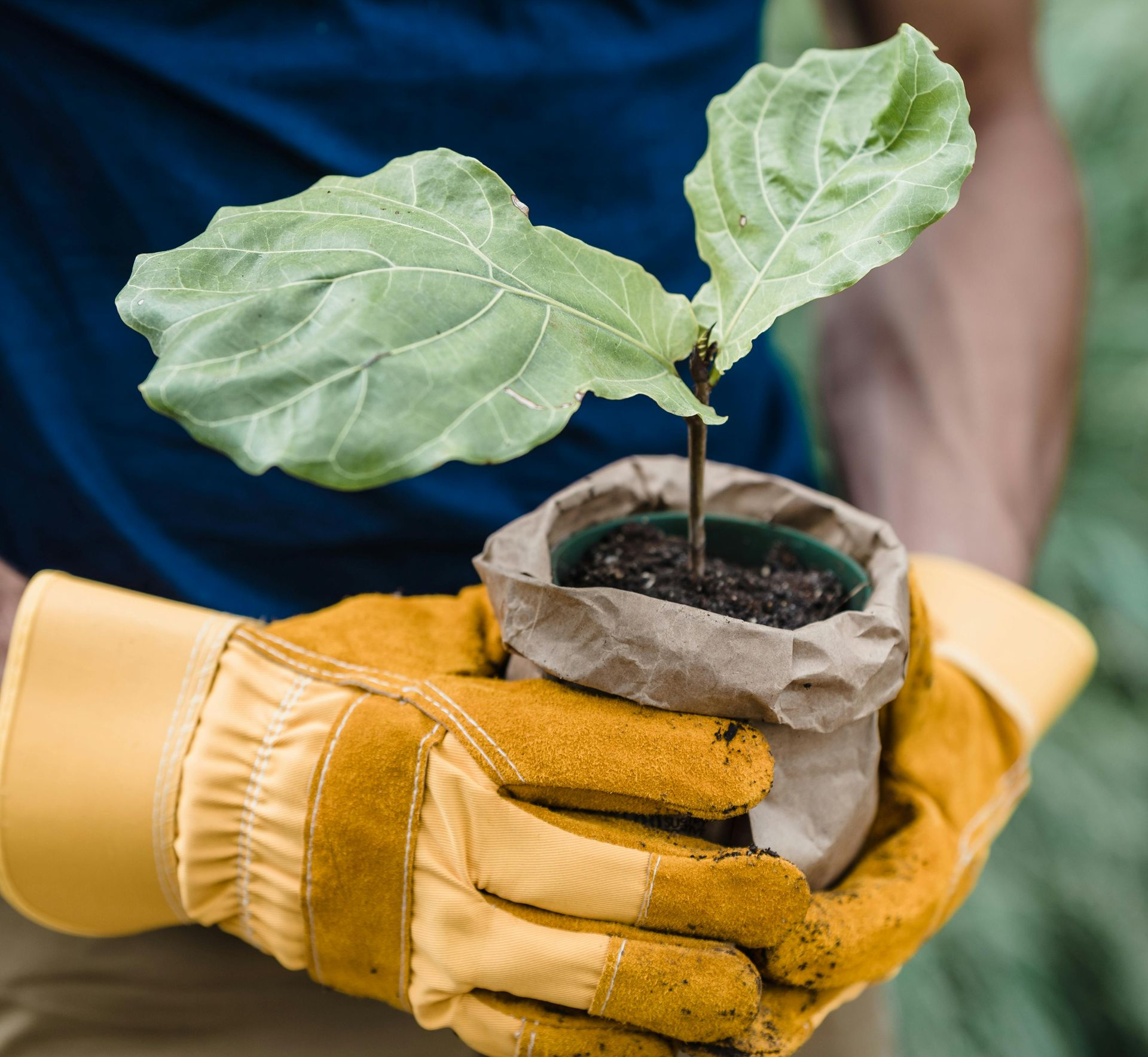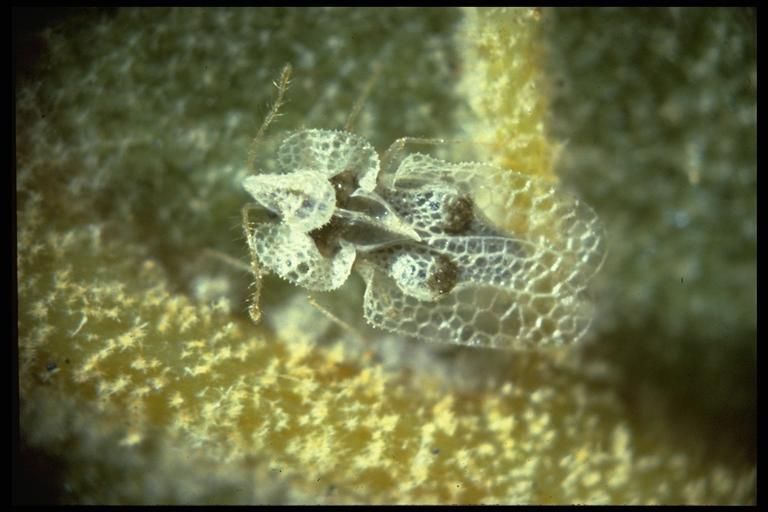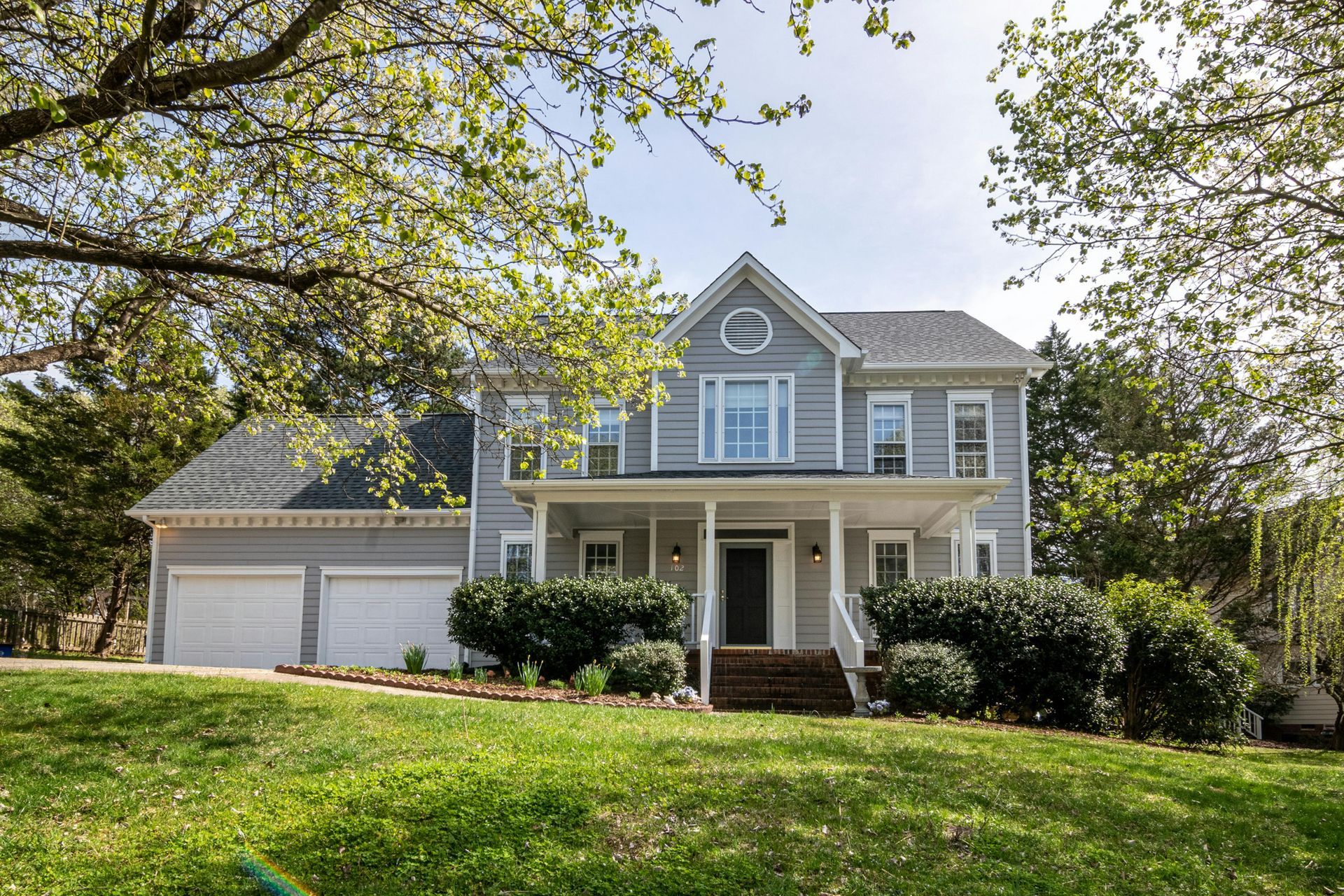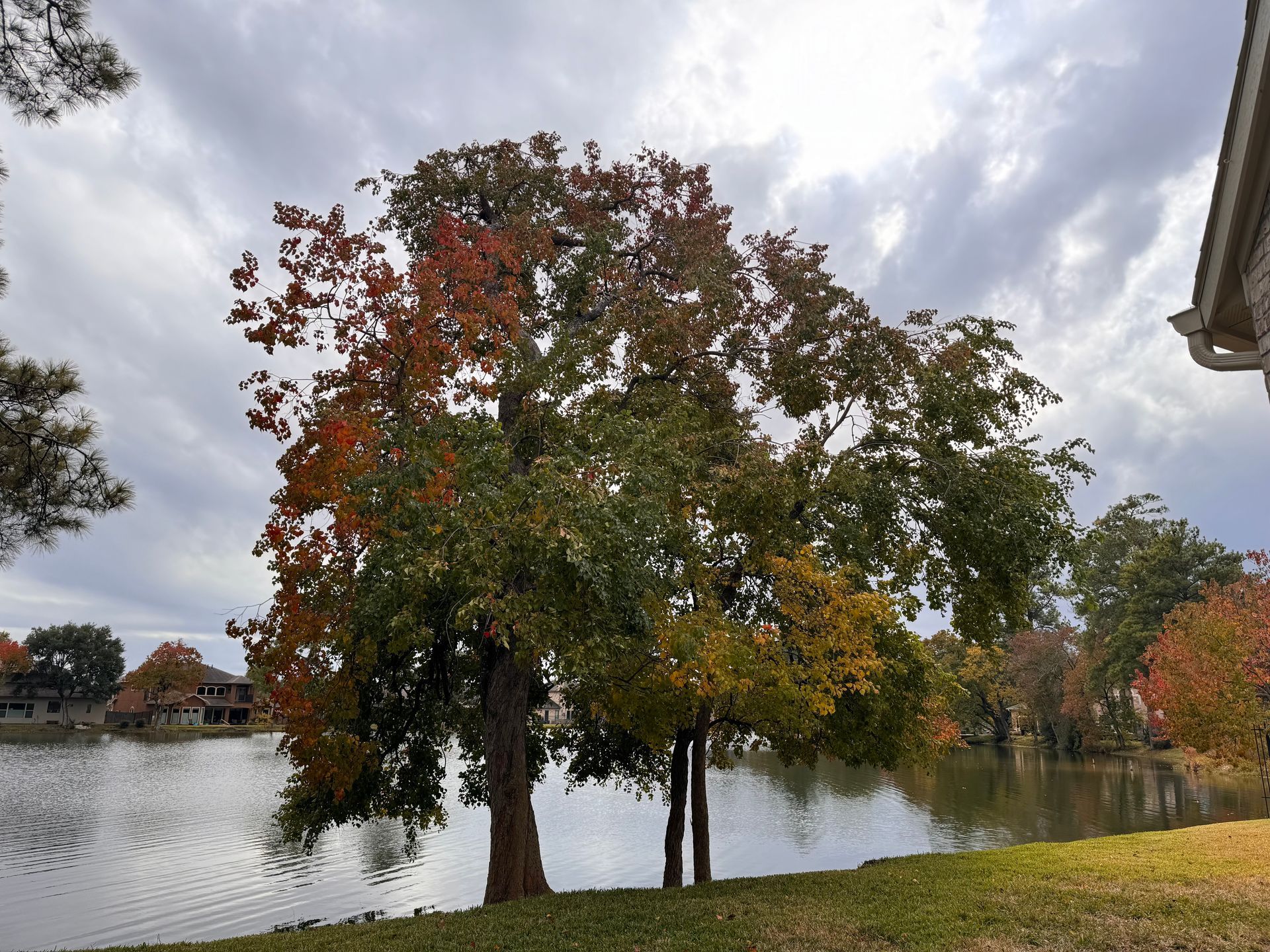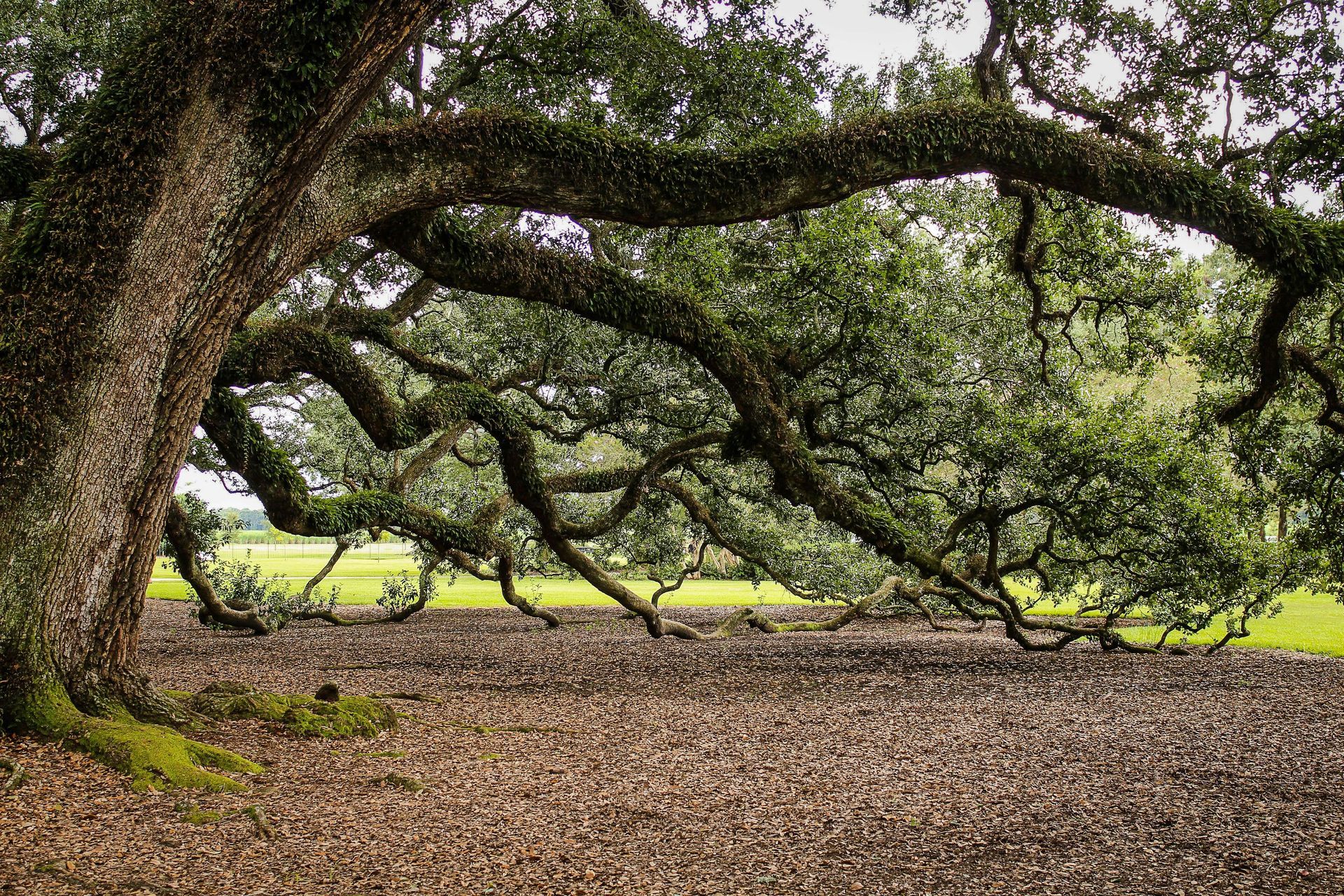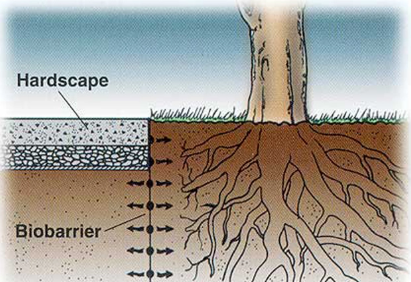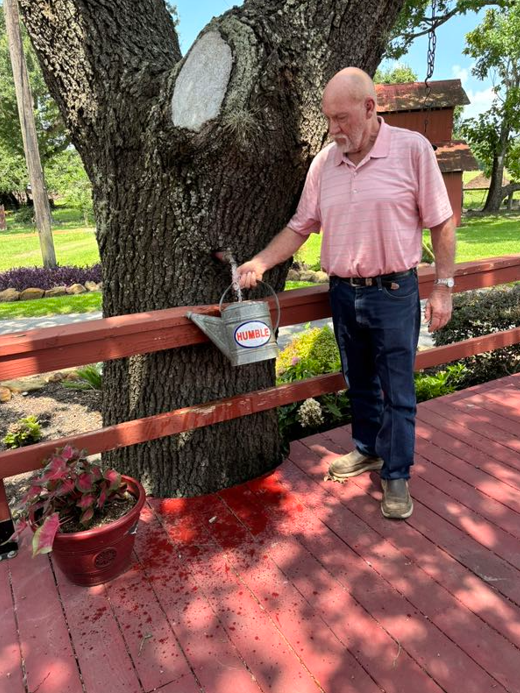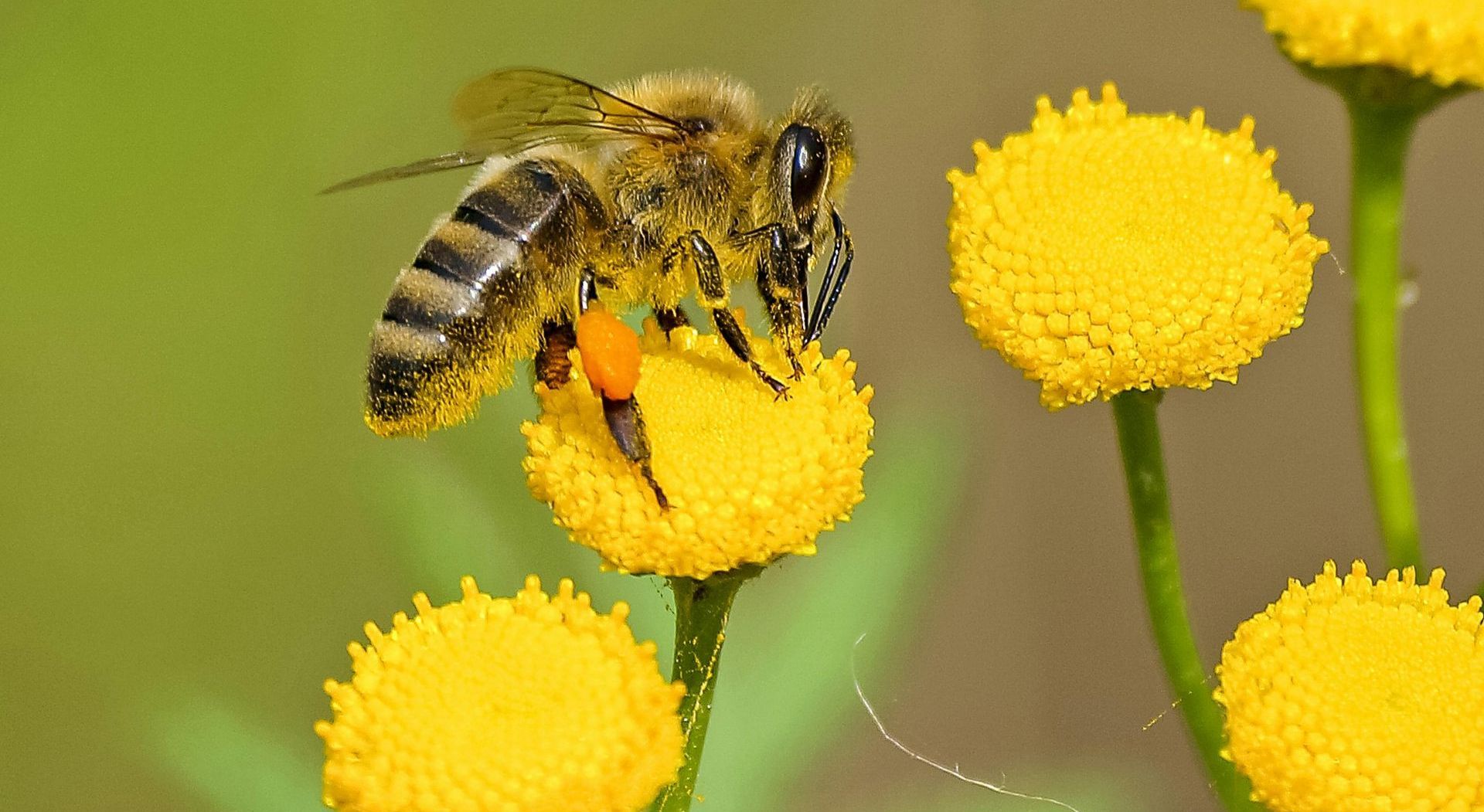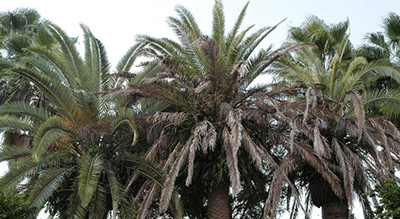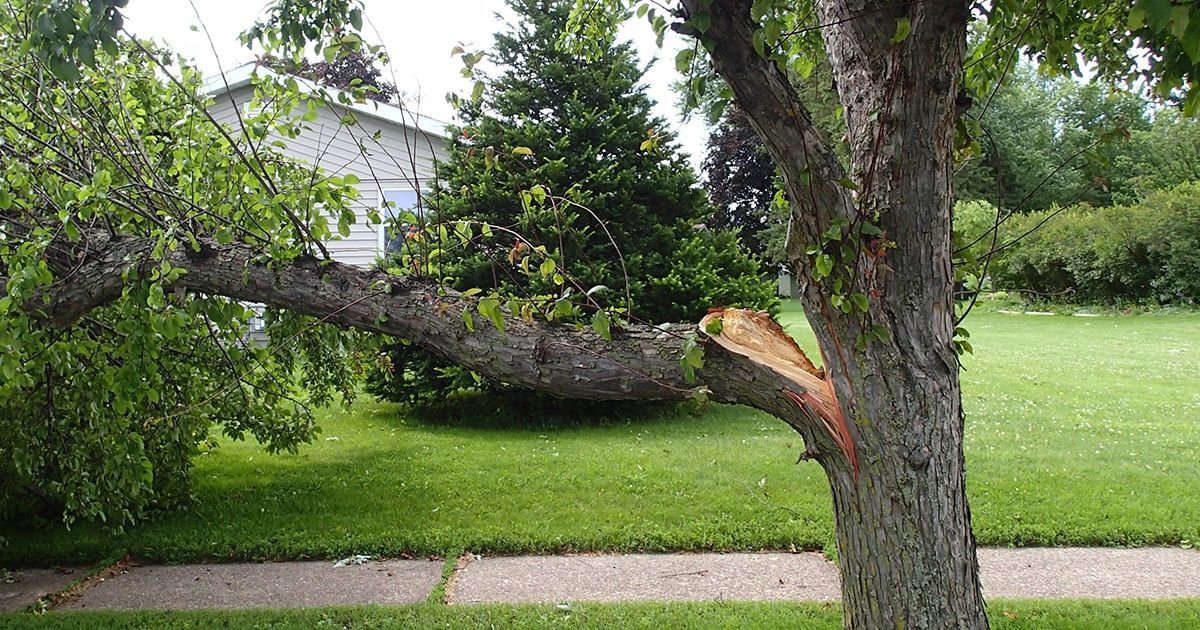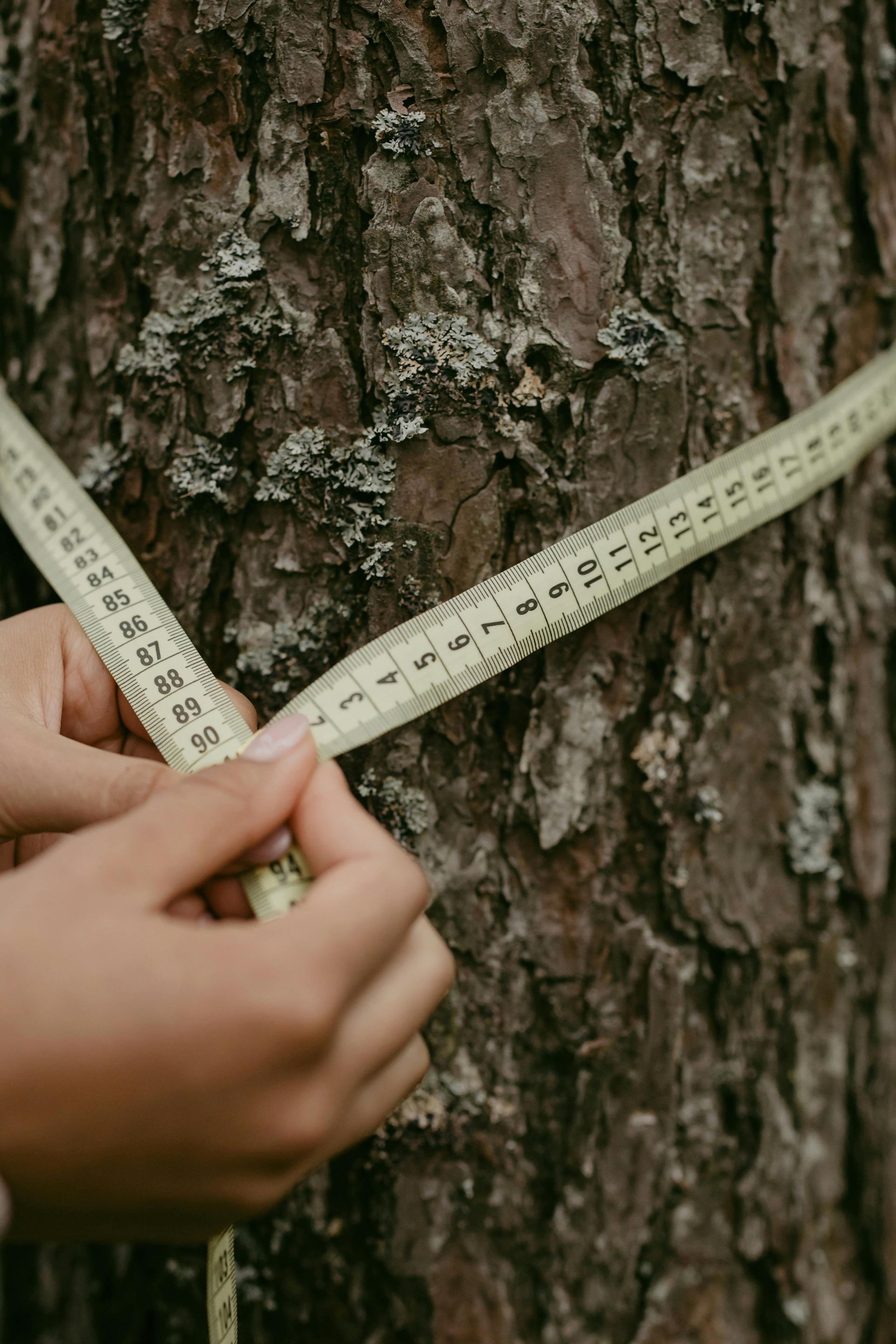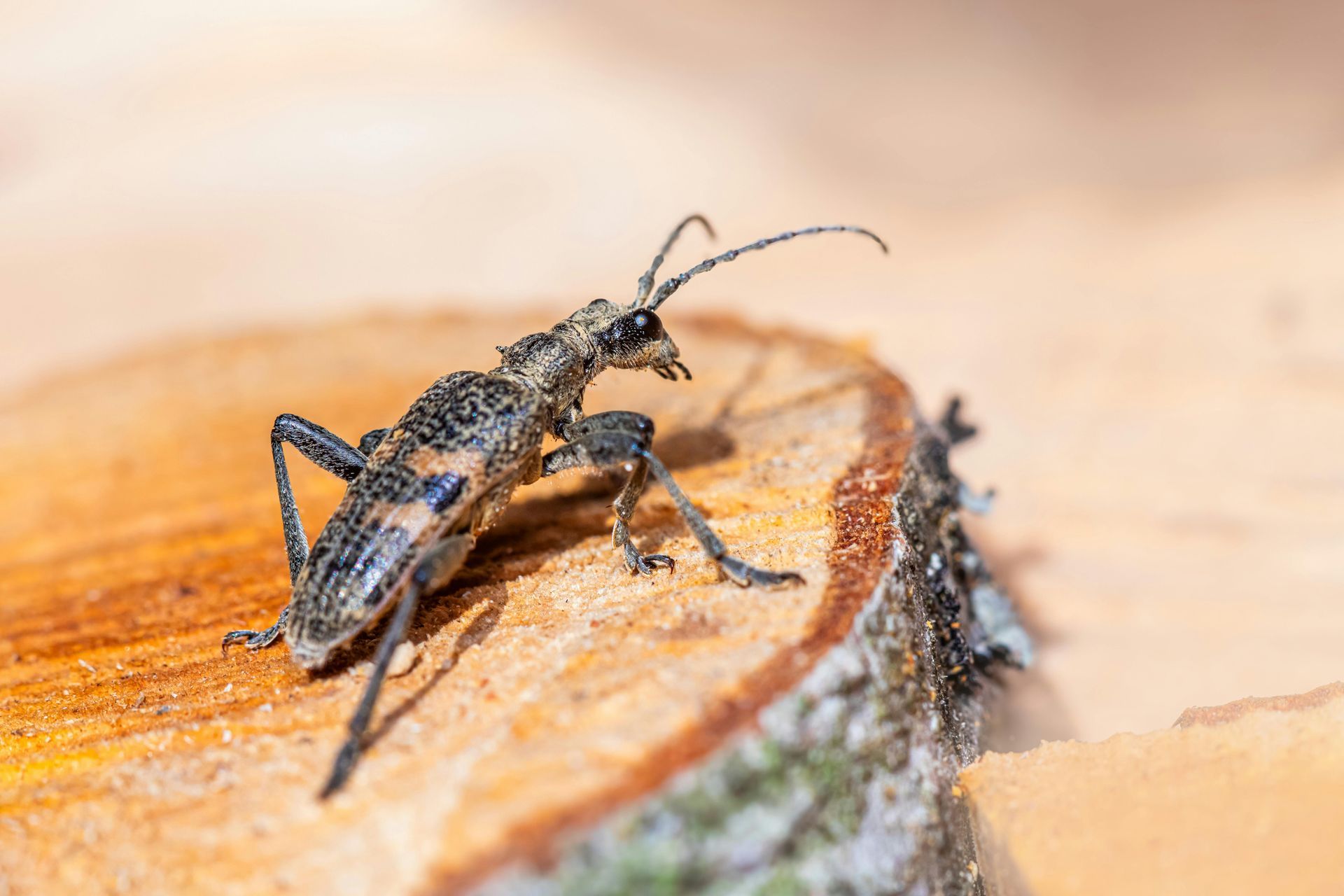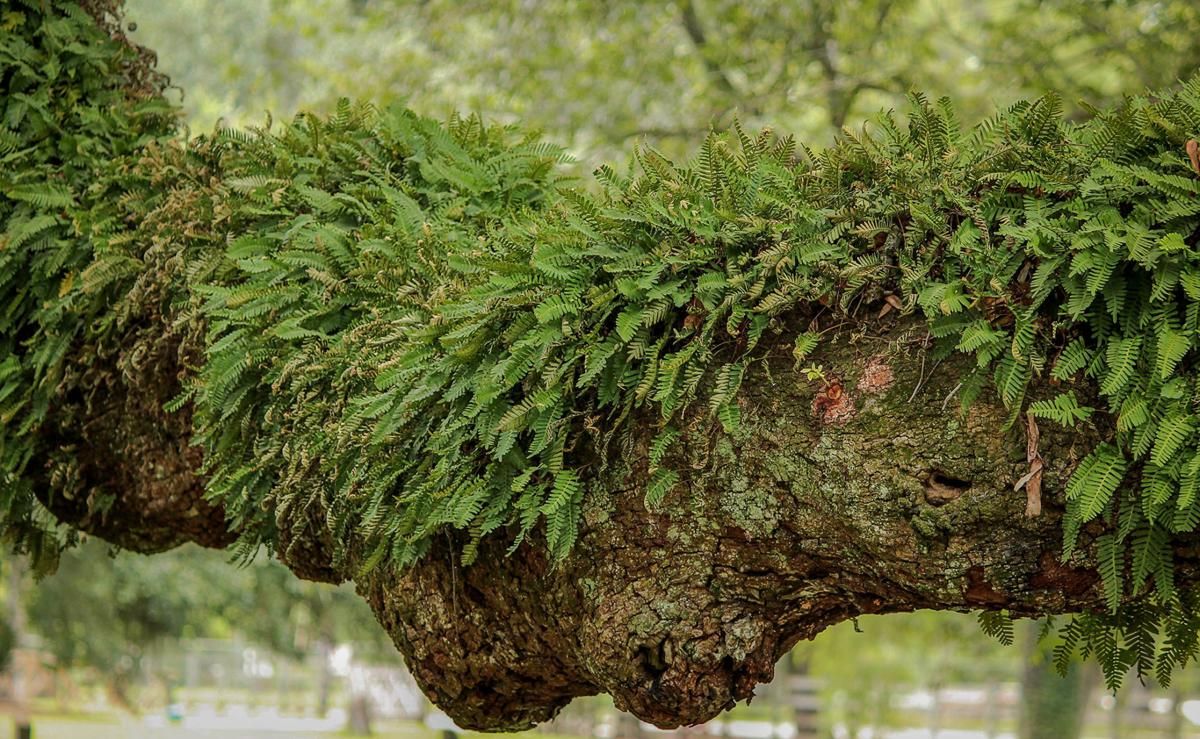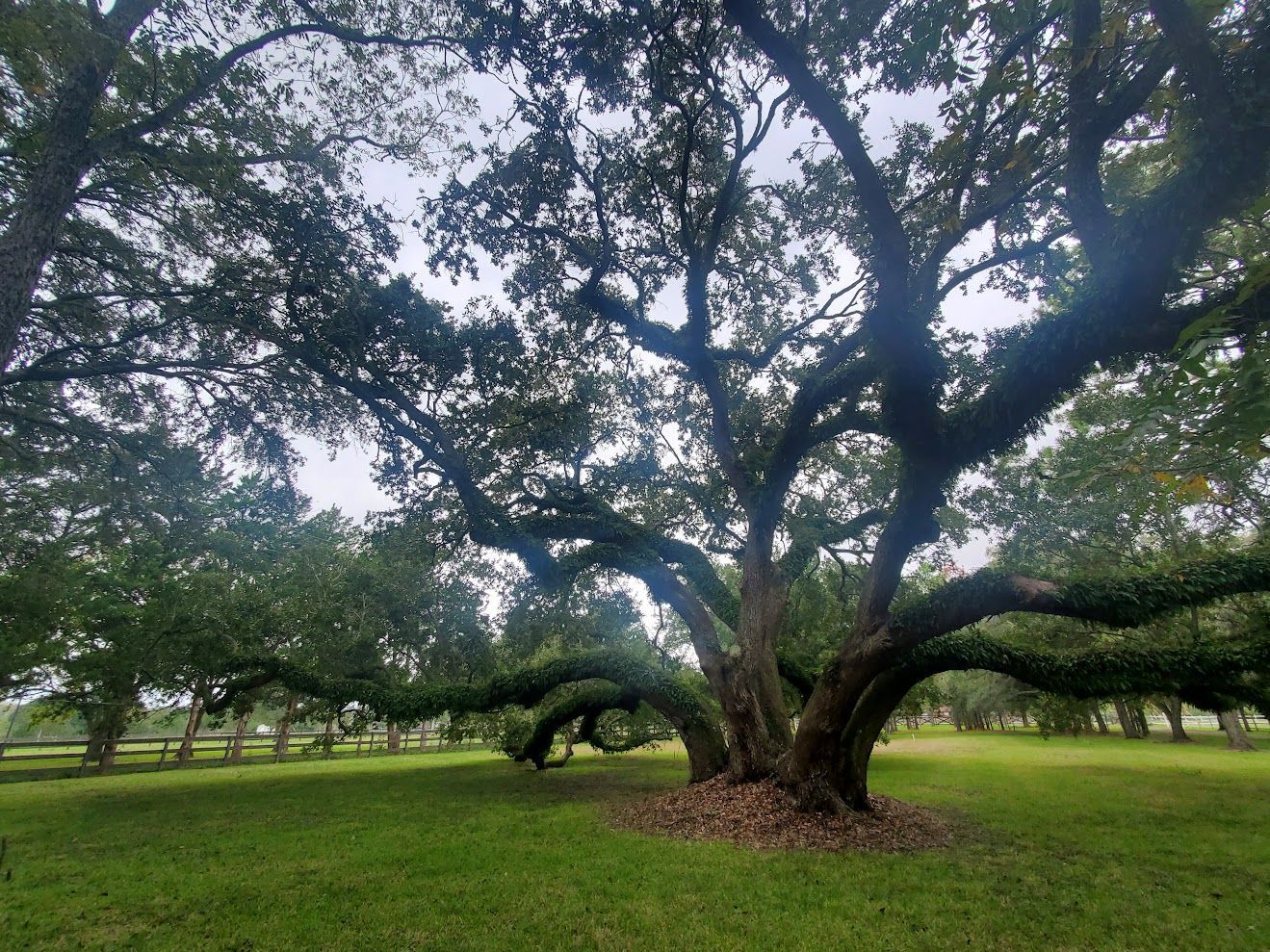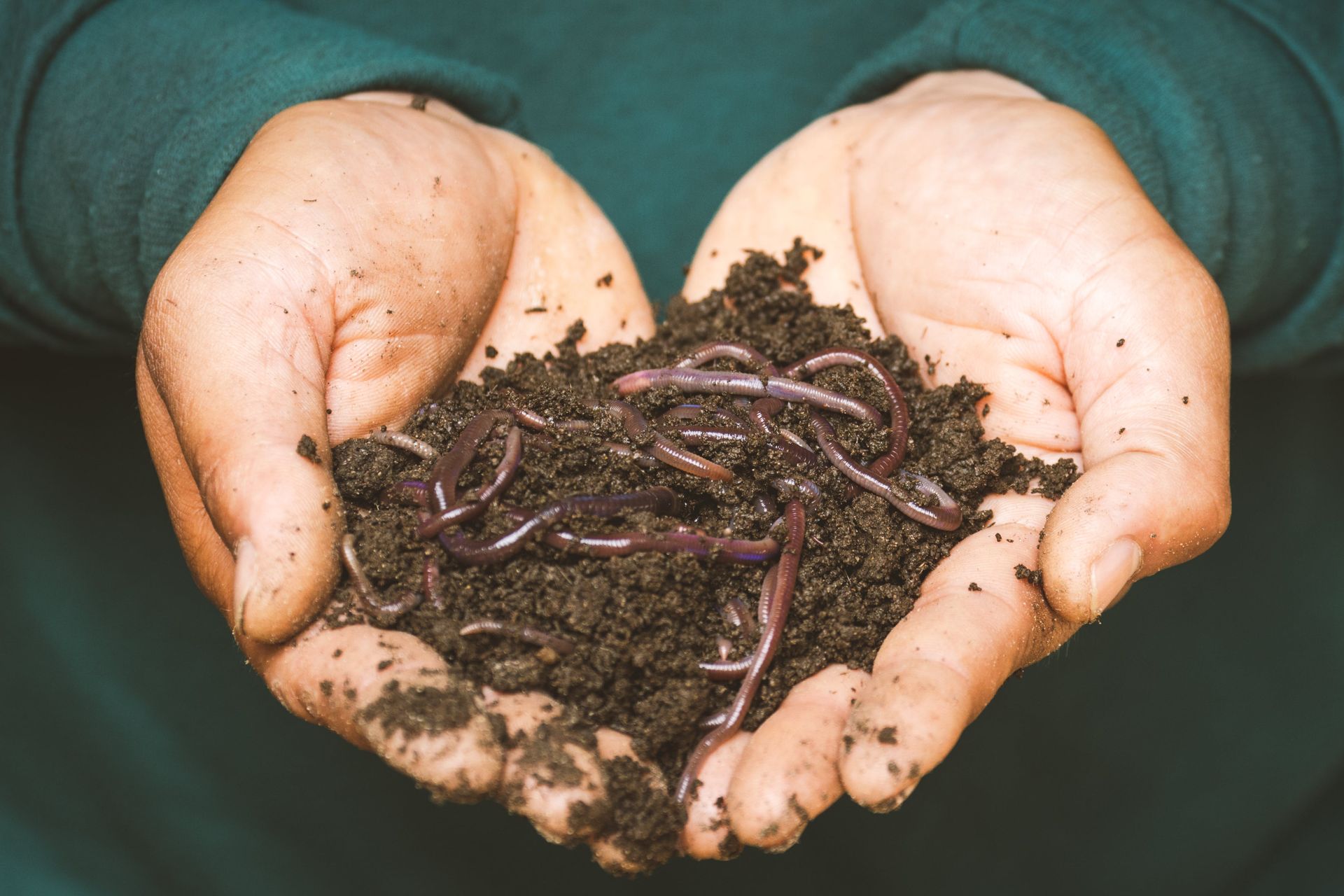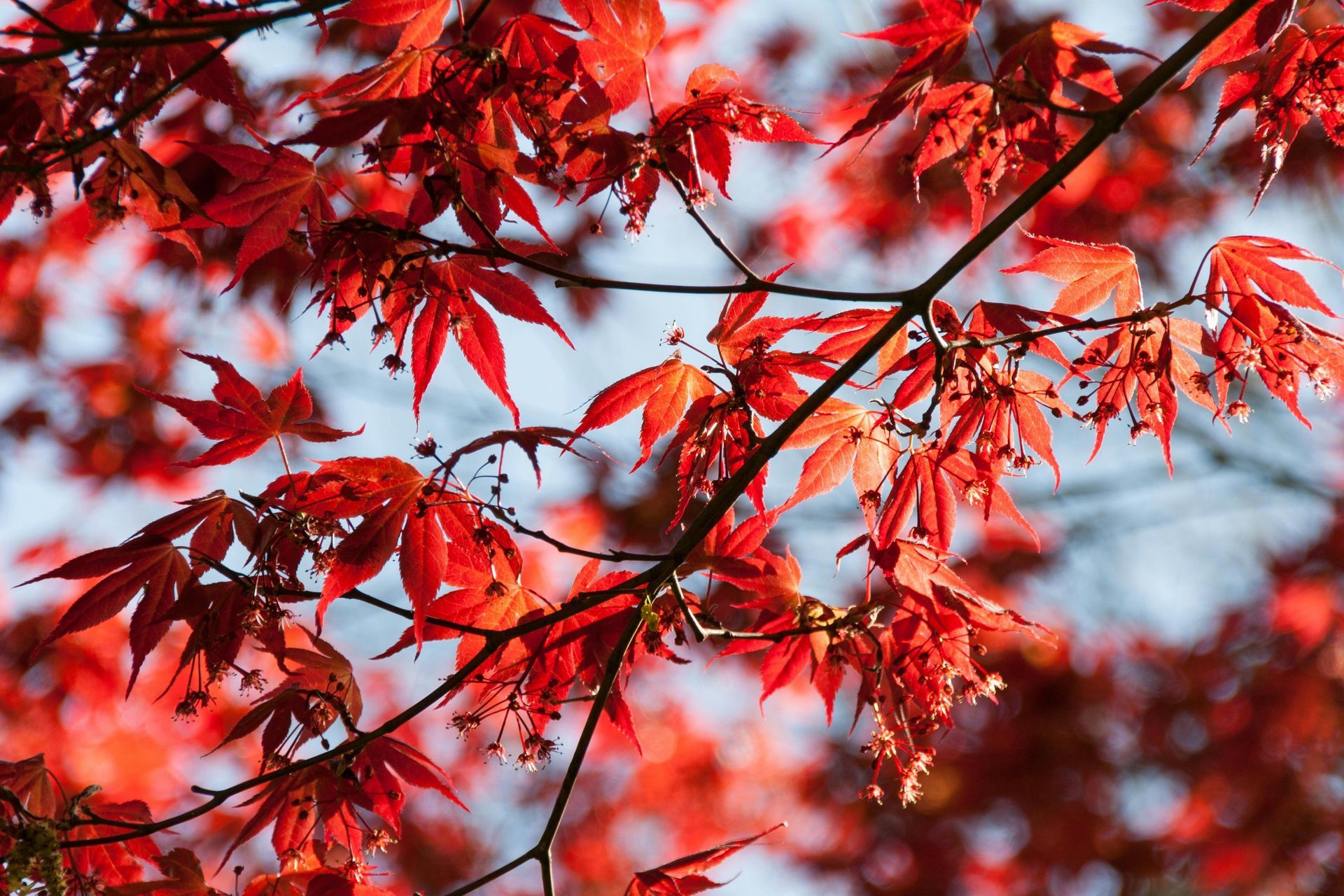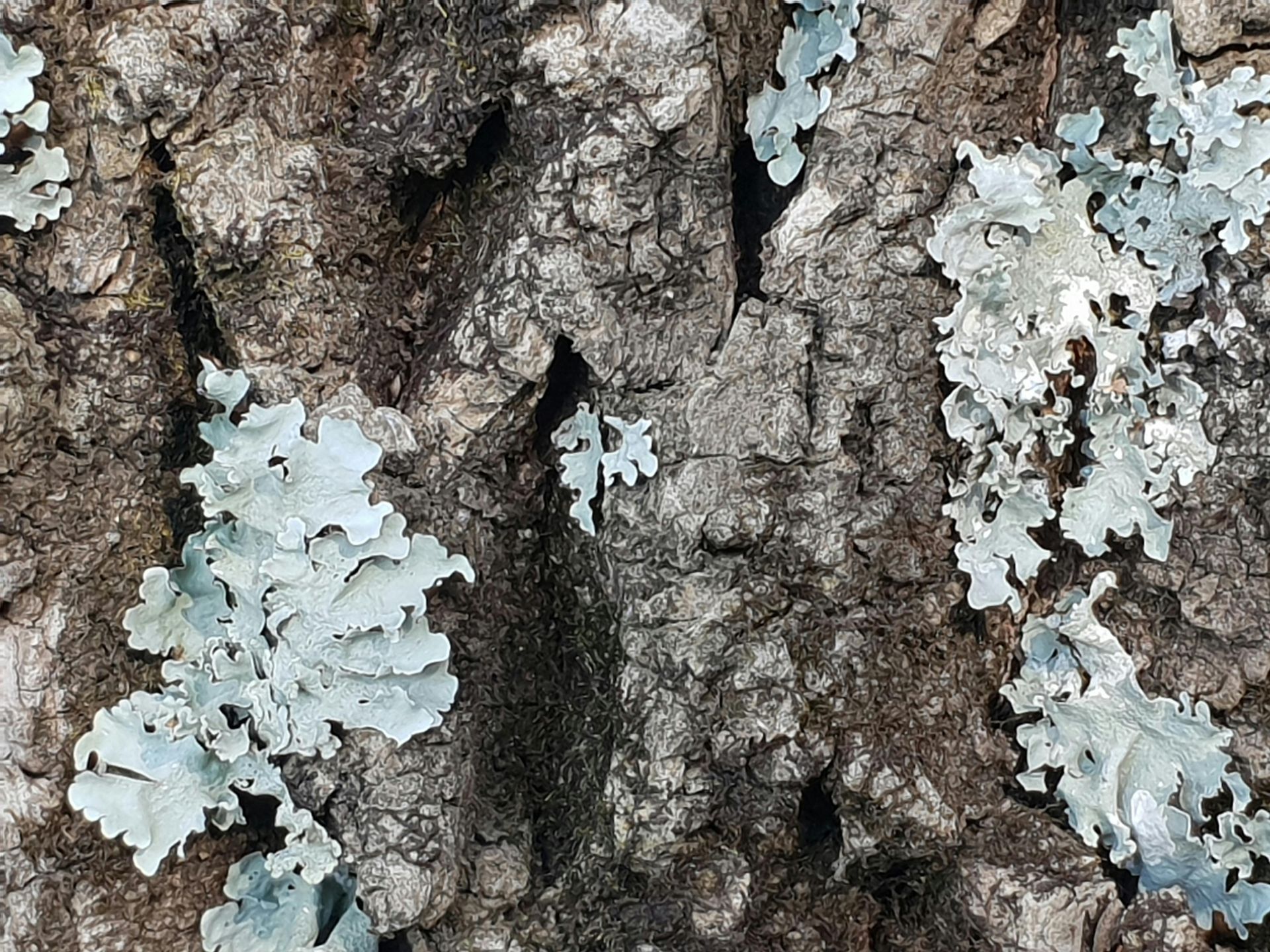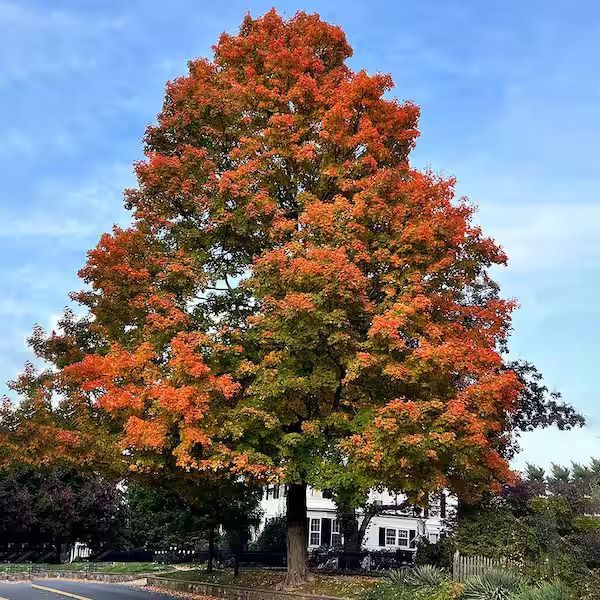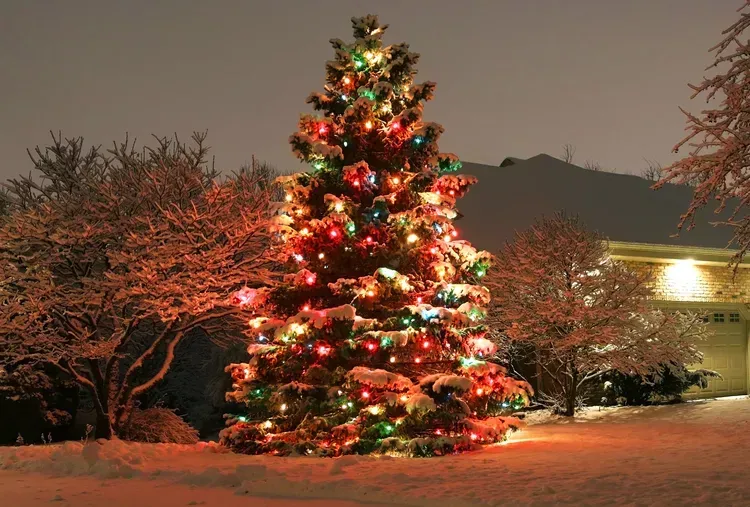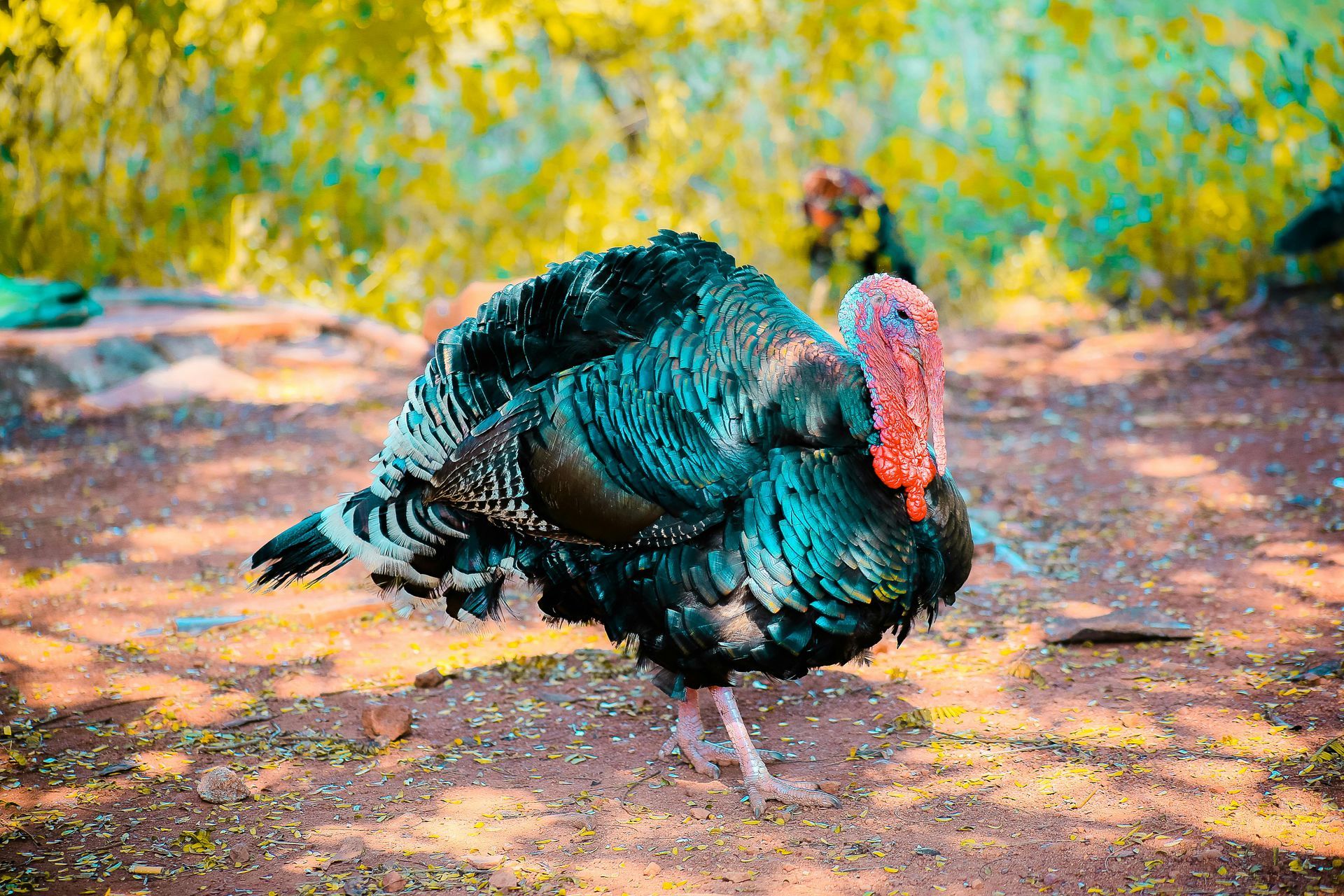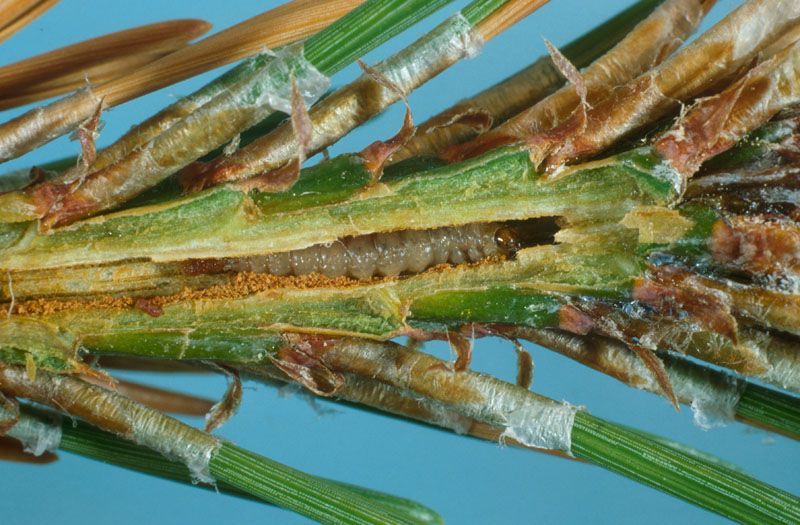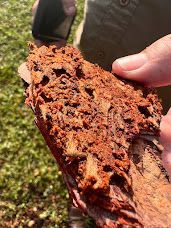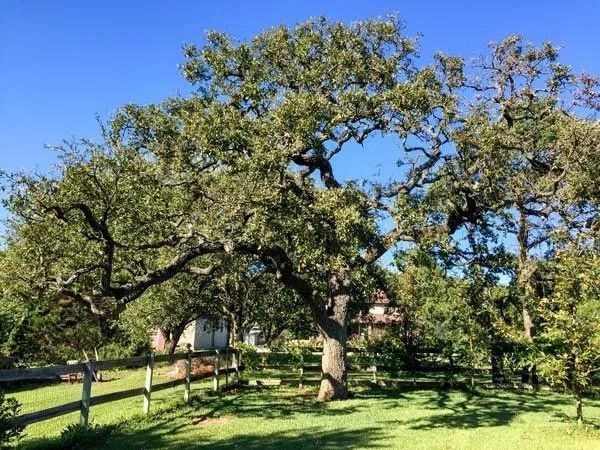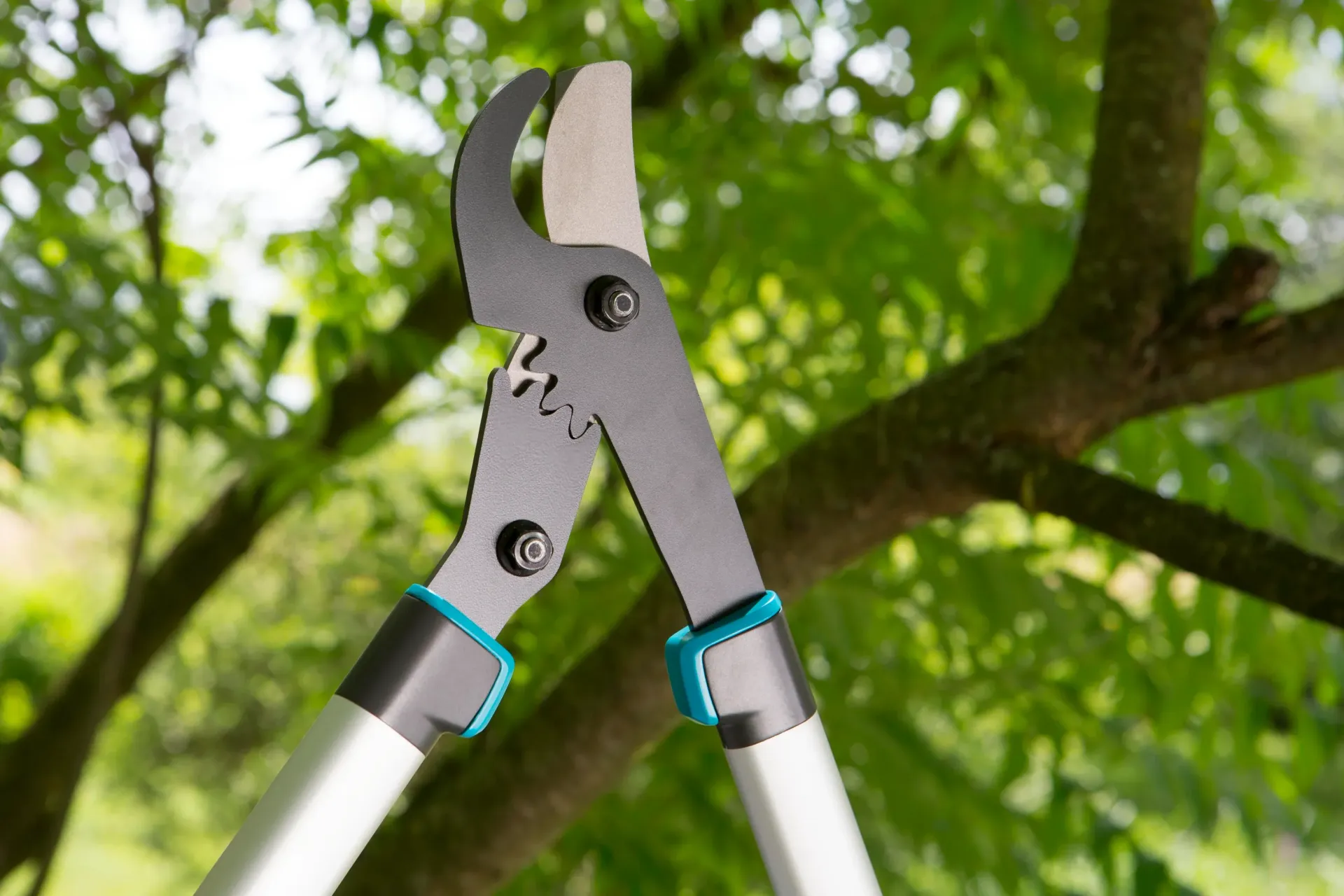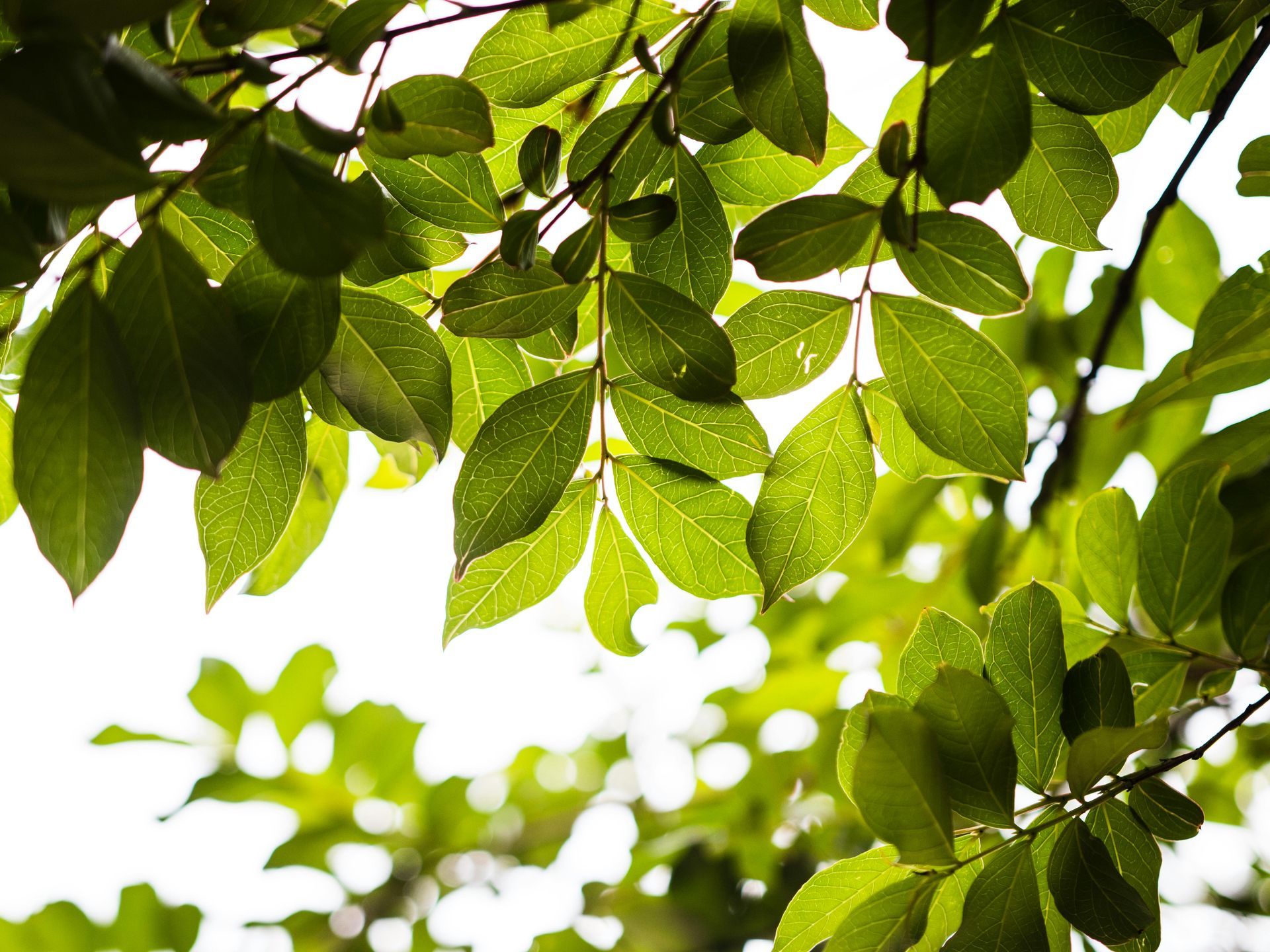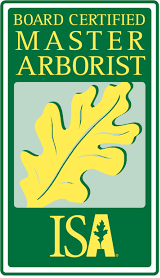Liriope's Muse - Tree Care Tips From A Master Arborist
Liriope's Muse: Black Turpentine Beetles Are Killing Pines in Greater Houston—Here’s What You Need to Know
We’ve seen a noticeable uptick in pine tree deaths across the Greater Houston area, and one culprit is showing up again and again: the Black Turpentine Beetle.
This beetle used to be considered more of an opportunist—something that would show up after a tree was already stressed or injured. Maybe a branch was improperly pruned, or the roots had been compacted during construction. But that’s not what we’re seeing anymore. These beetles are now going after healthy, mature pine trees with no clear signs of stress, and they’re doing real damage fast.
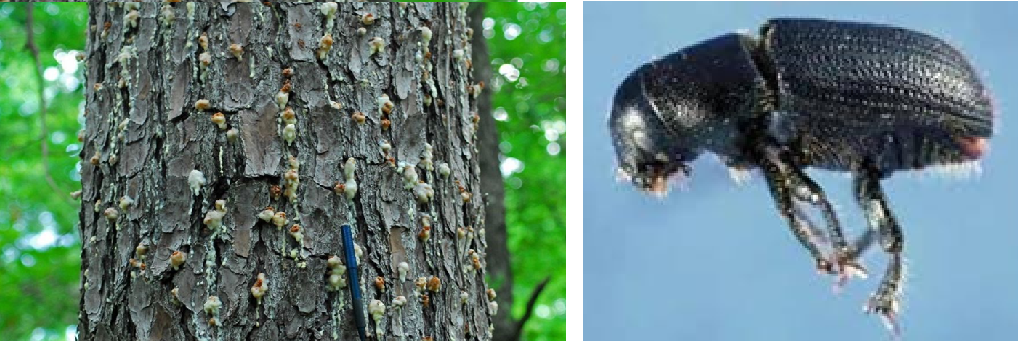
What to Watch For
Black Turpentine Beetles tend to attack the bottom 6 feet of a pine tree, especially around the root collar. You might notice:
- Large, amber-colored pitch tubes (they look like blobs of sap)
- Resin bleeding from small holes in the lower trunk
- Sawdust or frass around the base of the tree
- Yellowing needles or unexpected dieback in the canopy
If you spot any of these symptoms, especially more than one, it’s time to act quickly. Once these beetles get inside, they carve tunnels through the inner bark that can shut down the tree’s ability to move water and nutrients.
Why Are They Becoming More Aggressive?
There’s no single answer, but here’s what we suspect:
- Extended warm weather has allowed beetle populations to explode
- Urban development and construction stress are quietly weakening trees even when they still look healthy
- Thick mulch, poor drainage, and compacted soil are making trees more vulnerable than they appear
- In some areas, beetle activity is so high they’re simply overwhelming trees faster than they can respond
We used to see this pest as a red flag that a tree was already in decline. But now we’re seeing strong, established pines come under attack—and in many cases, die within a season.
What Can You Do?
The most important thing is early detection. If we can catch an infestation early enough, there’s a chance we can stop it. Here's what we recommend:
- Have your trees inspected—especially mature pines, and especially if you're near recent construction or heavy soil disturbance
- Avoid pruning during peak beetle activity, especially in spring and summer
- Protect the root zone—avoid piling mulch too high around the trunk, and don’t park or drive over the roots
- Consider preventative treatments if you have high-value trees or beetle activity nearby
If a tree is already infested beyond saving, it should be removed and destroyed to keep the beetles from spreading to others.
We’re not sounding the alarm to scare anyone, but we are urging homeowners, HOAs, and property managers in the Greater Houston area to take this seriously. These beetles aren’t just a problem for struggling trees anymore. They’re becoming a real threat to healthy landscapes—and if you wait until symptoms are obvious, it may already be too late.
If you’re seeing pitch tubes or think something’s off with your pines, give us a call. We can evaluate the tree and give you honest, straightforward guidance on whether it can be treated or needs to be removed.
Don’t ignore the warning signs—healthy trees are at risk now, and a proactive approach could save them.
Read our Previous Posts!
Liriope’s Muse - Expert Tree Care Tips
